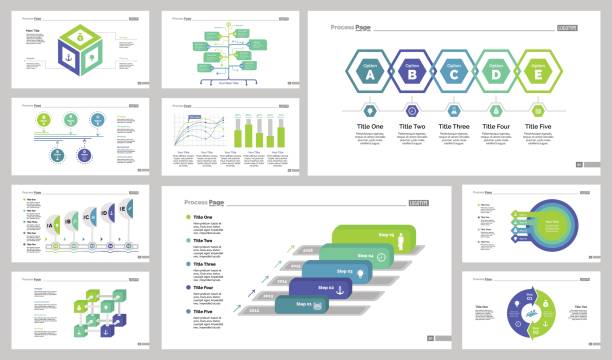
DR Display Campaign, Where to Start
When creating a direct response display campaign there are several points (start to end) that we take into account. It’s inevitable that the moment you receive the brief from a client youimmediately start to think about how and where to invest and efficiently make the most out of the budget.
But first things first, make sure that before you start planning the campaign, you spend some time thinking about which publishers or networks might be relevant. We have a range of tools for investigating this – both TGI and Nielsen’s Netview product provide us with audience insight and media consumption data. Once you have an idea of which publishers might be relevant it’s time to request further information from them. Invest adequate time to create a comprehensive Publisher Brief with the main aspects of the campaign, for example we might cover:
– Introduction to the brand
– Target audience
– Objectives (primary and secondary)
– KPIs
– Target markets
– Budget split
– Creative considerations
– Timeline
If it is our first time working with the brand we always make sure we set up a call with the client to discuss the brief they (hopefully!) sent. That is going to be critical in the publisher briefing and evaluation process.
Once you have written a Publisher Brief, start researching into which publishers (i.e. highly relevant sites, networks, RTB partners etc.) to use. Clients will generally want to reduce risk by trying a combination of proven partners and new opportunities and gain insight on what types of activity is working and what is not as effective for their brand. Bear in mind that specific sites have naturally higher CPMs, especially if they are premium. This generally means that the ROI achieved may not be as high as when using a DSP/ Network. Generally site specific media is better when the environment (rather than the conversion) is key, for example a brand campaign.
At this stage, it might be worth on having the discussion with any network if they can use a whitelist of sites that the campaign can appear on – i.e. the ad would not appear outside a list of defined sites. The downside of a whitelist is that there is generally no guarantee they will be able to deliver a pre-defined amount of inventory on those particular premium sites. You may also find costs increase and the opportunities to optimise reduce as you restrict a network’s site list.
Always negotiate the CPM at least twice! Media sales people are paid a commission and they will generally want to get as high a rate as possible, but at the same time want to do a deal – we try and use that to our advantage.
After discussions with the publishers have taken place and you have gathered your ideas on how to target your audience start with a client friendly ideas deck/ rationale with your suggestions, i.e.
– Overview / recap of the brief
– Proposed strategy
– Audience segments
– Site selection with an overview of their audience, reach etc
– Any additional creative recommendations
We generally send this to the client along with the first draft of the media plan to make it clear what the planning process was and what aspects were considered when building the plan.
The first media plan draft will be just an initial step into the campaign decision, so keep an open mind for changes and listen carefully to your client’s feedback. After necessary amends, the media plan can be signed by the client and then the media booking and creative developing will begin.
Obviously there are many implementation steps from receiving the signed media plan until the campaign actually goes live, including: set up trafficking tags in whatever ad-server is to be used, confirm the landing page and creative assignments etc. If the landing page or conversion process is new discuss placing a tracking tag from the ad-server on the relevant pages to be able to measure the performance. When measuring your campaign performance split out the placements in message/ packages/ placements/ creative size etc., set up a reporting template, and consider setting up automated reports for publishers to monitor performance and delivery via the ad-server… This list could be very long!
Publishers may want to have tracking tags in place to measure conversions too – these can normally be placed within your conversion tag in the ad-server. Networks will often also want to be able to retarget to the audience that are visiting the client’s site. You need to carefully consider where this is relevant and where it isn’t – you don’t want too many partners re-targeting as they can end up cannibalising each other, so focus on trusted partners or those with a particularly compelling offering. Also think about introducing frequency caps (the number of times a user can be served an advert) and what should happen if a user converts – is it relevant to target them again at some point, and if so how soon?
If this is a continuous campaign – and because we are talking about planning – it’s always great to list the best performing creative sizes, publishers and up-weight inventory towards those. And last but not least never be afraid to try new channels to gain further insight! We generally aim to apply approximately 20% of the budget to testing.
How about you? Do you have experience planning Display DR campaign? Please feel free to share your thoughts and top tips!



